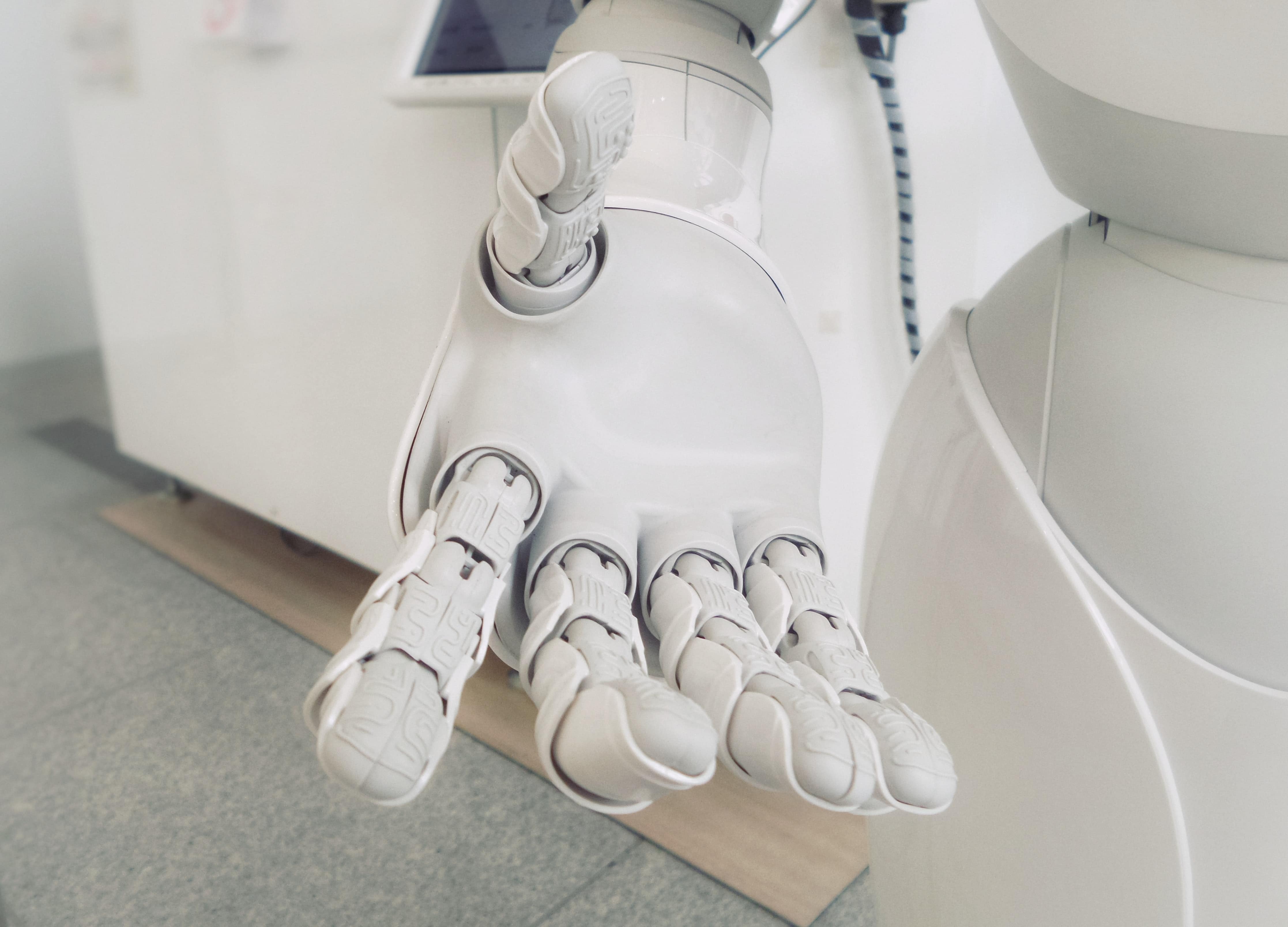In an age where technology is advancing at exceptional rates, the world of work has been making massive strides to keep up. The recruitment industry has been no stranger to technological developments, as we have seen increased automation throughout the hiring process.
One of the ways that recruitment has been automated is through the use of artificial intelligence (AI). AI technology is helpful to the recruitment industry as it utilises algorithms to complete certain tasks, such as candidate profiling and filtering applications. ASL have recently made the decision to implement an automation software to help us reduce paperwork and provide an enhanced experience for our candidates and clients. However, we don’t believe that this software is a suitable replacement for the role of the recruitment specialist; it should be used to supplement the skills and expertise of the specialist as it will allow them more time in decision-making and interview processes.
Although the technology is evolving, AIs are not yet advanced enough to understand human emotions. Being able to respect and express empathy for candidates is a crucial part of a recruitment specialist’s job, as those seeking work could be in an emotionally vulnerable position. We’ve seen many jobs be automated through AI and machines in the last decade, and it’s likely this will continue, especially for jobs that require certain physical skillsets like labourers or pilots. But jobs that require the ability to exercise emotional intelligence will be harder to replace as AI software is not yet capable of handling such tasks. Expressions of empathy, persuasion, and building relationships are key skills in the world of work and will remain highly valuable in the future.
As AIs lack the emotional capacity that humans have, it means they are unable to understand feedback and consequences when something goes wrong. AI software is based on learning algorithms that interpret data, however, if the data input is faulty then the software won’t have much chance of correcting itself. When an AI repeatedly makes mistakes based on the data it receives, these faults are often reinforced as it does not have the ability to understand the error and use it to improve. In comparison, when human employees make a mistake they will seek to learn and grow from the experience or risk losing their job. Employers have far more control over the development of their employees as professional development courses allow staff to gain skills and become qualified over time.
Understanding and recognising bias is the first step in eliminating bias, which is a critical step in the recruitment industry. While it may seem that an AI software would be able to reduce bias by removing the human element, this does not seem to be the case. AI has consistently failed attempts to understand the biases we see in society, and some algorithms have shown extreme discrimination. Learning algorithms are designed to identify patterns. Unfortunately, if they are not told to exclude certain patterns, such as gender bias, then it is likely they will begin to follow biased patterns. There are many ways to reduce bias in the hiring process, but all of the main recommendations involve utilising the human touch.
But what is the human touch? Recruitment is all about establishing connections between candidates, clients, and recruiters and while technology has enabled us to be more connected, it doesn’t do all of the work for us. AI can’t replace the skills and real-world knowledge of an experience recruitment specialist. The recruiter’s interactions are what allows them to find candidates to match the client’s energy, culture, and passion. Current technology isn’t able to make the connection between a candidate looking for a position and a client that hasn’t yet advertised a role, whereas a knowledgeable recruiter can match their values and ask the question.
While it makes sense to lean on technology for automating jobs that require precision and repetition, AI is not the solution to the future of recruitment. We as recruiters may use these technologies to reduce our paperwork and provide a service which is consistent and reliable, but for ASL it will never replace the human touch. The recruitment process, no matter how automated it becomes, must always be geared towards humans and their workplace experiences.







